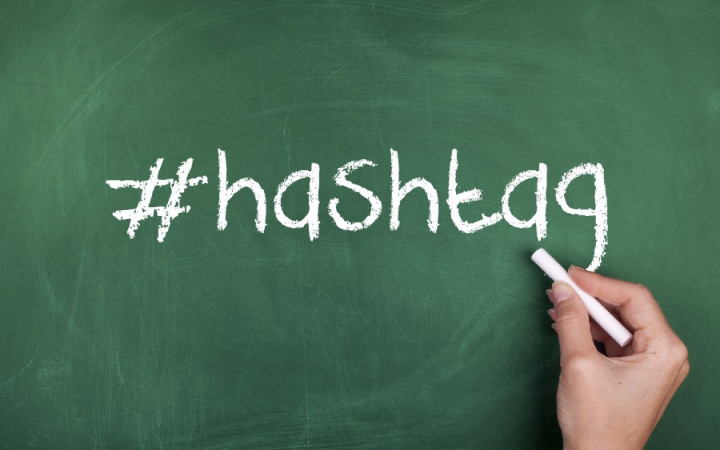Do you use media? Whether you're updating your status on Facebook, tweeting good news on Twitter, or posting a selfie on Instagram, there's probably a symbol you've become very familiar with. What are we talking about? The hashtag symbol, of course!
The humble hashtag symbol looks like this: #. If you ask your parents, they'll probably tell you that's a number sign or a pound sign. Your grandparents might even tell you it's a tic-tac-toe board! In the modern world, though, it's a hashtag symbol.
So what exactly is a hashtag? It's a word or phrase without spaces preceded by the hashtag symbol to form a label. Used as a type of metadata tag on media services, hashtags allow users to classify and search for messages by topic. By using hashtags, media users can join in a wider conversation about a topic. Many media sites automatically turn any word or unspaced phrase preceded by the hashtag symbol into a searchable hyperlink.
For example, a search on Twitter for #wonderopolis will reveal all tweets that have had the hashtag #wonderopolis added to them. If you tweet about how much you love #wonderopolis, others who search for the #wonderopolis hashtag can see your comment and join in the conversation.
Use of hashtags has become so widespread that the Oxford English Dictionary added “hashtag" as an official word in 2014. But how did the # symbol go from a number sign, a pound sign, or a tic-tac-toe board to a hashtag?
Researchers believe the # symbol was referred to as a “hatch mark" in computing and telecommunications contexts many decades ago. Eventually, it was altered to a “hash mark" and over time shortened to a “hash." Given its use as a metadata tag, hashtag was the natural evolution of the word.
The hashtag's use in media is closely associated with microblogging site Twitter. Using # followed by a word or unspaced phrase to create a hashtag was first suggested by software advocate Chris Messina in an August 2007 tweet. Researchers, however, believe that this tagging method actually dates back to at least 1988, when it was used in a chatting protocol known as Internet Relay Chat.
Today, it's easy to see which hashtags are the most popular. All you need to do is check out Twitter's “Trending Topics" online to see which topics Twitter users are tweeting about the most. You can also search popular hashtags on Facebook, Instagram, Flickr, Google+, and a variety of other sites.
Using hashtags is easy. All you need to do is put a hashtag symbol before a word or phrase. The only rules you need to be aware of are quite simple: no spaces are allowed and neither are special characters and punctuation marks, such as commas, periods, exclamation points, question marks, etc.
Hashtags can be a fun way to enhance communication and connect yourself to others discussing the same topic. They offer a shorthand way of referring to a topic, providing context, or simply adding humor or sarcasm to a message.
You can use a hashtag that someone has already started, or you can start your own. There's no end to the creativity you can employ when developing your own hashtags. In fact, many marketing experts now regularly use hashtags to draw attention to the brands they represent.




